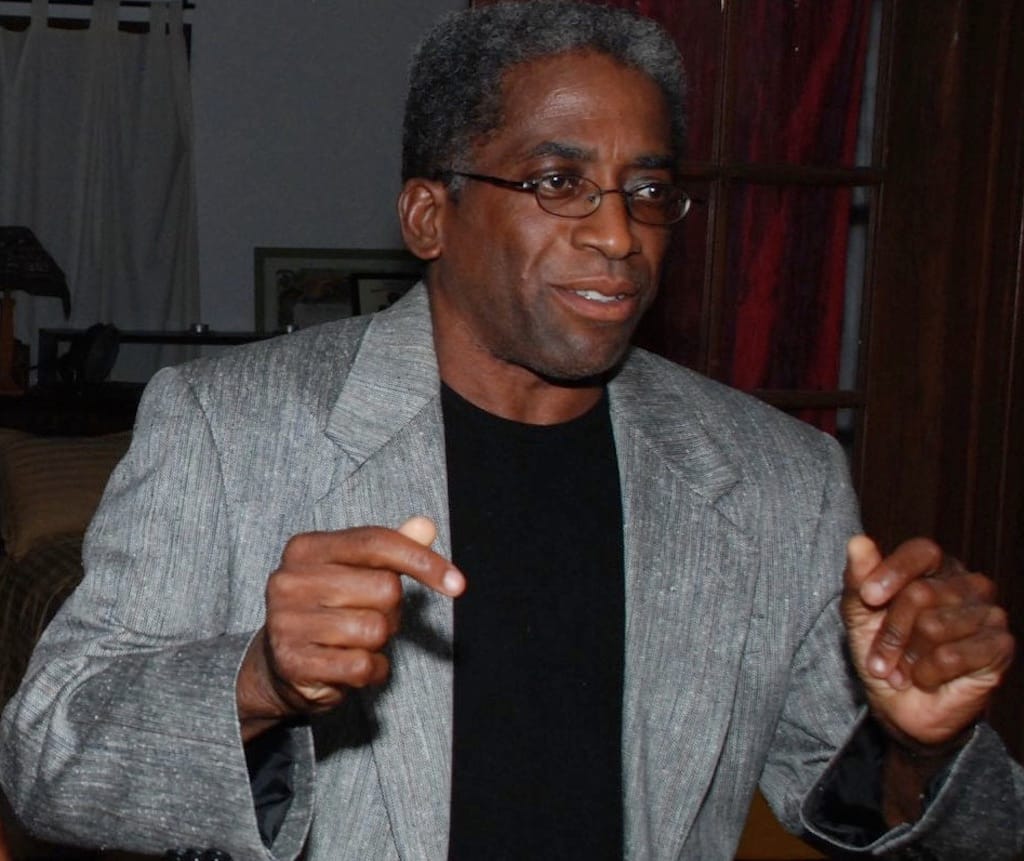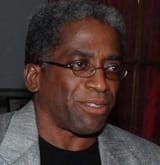Craig Settles: Towns, Cities Show Power of Fixed Wireless
Fixed wireless technology is future proof in its own right, the author argues.

DigitalC from Cleveland, Ohio, beat out AT&T, Spectrum, and T-Mobile for the city’s fixed wireless grant two weeks ago. And that is why BEAD has a “fiber-only” policy while NTIA bends itself into contortions trying to explain why unlicensed fixed wireless is “unreliable” technology. Incumbents fear competition like superman fears Kryptonite. For them, “fiber-only” means “limits on competition.”
Cleveland and DigitalC, a nonprofit Wireless ISP (WISP), announced that they have started building a citywide wireless network that will serve up 170,000 residents in 34 neighborhoods. The network will deliver at least 100 Mb per second symmetrical and cost residents only $18 a month. Incumbents pray that the “fiber-only” fire wall holds so they don’t have DigitalC in the BEAD program.
From the beginning of BEAD, large incumbents and their lobbyists have been doing everything possible to muck with the rules and stifle competition, including pushing a fiber-only policy. How many towns, cities, and counties would go with to unlicensed fixed wireless if it were an option? It’s not just Cleveland who sees the light.
What about those claims of “future proof”? “There’s no “future-proof!” says JJ McGrath, President of TekWav, a Texas WISP. “But it’s a good buzzword to hide the fact that we are in a pay-to-play system. With incumbents, it’s about lobbying and positioning and posturing. You need to follow the money.” They have latched onto “future proof” and “fiber-only” and are riding those horses as if their stock prices rely on it. Fiber and wireless are complementary technologies in a BEAD program that needs every technology and creative mind it can recruit to get everybody connected.
Cities shows it’s not the technology but what you do with it
In 2004, Philadelphia had a dream of building a wireless citywide network that (1) would save the city $2 million a year in cell phone bills from a private company, and (2) enable low-income residence access to the Internet. But unfortunately, Wi-Fi technology not up to the task Philly envisioned, and there was no financial knight in shining armor to finance the dream.
In 2024, we are at a point of great advancements in wireless technologies in terms of speed, reliability, capabilities, and there’s more knights with bags of money than you can shake a sword at from public and private sources.
Cleveland and DigitalC can offer broadband lessons to BEAD-funded rural and urban communities. DigitalC is using fiber assets from sources in the city (though not the City of Cleveland’s fiber) while weaving fixed wireless infrastructure plus 120 towers into a wireless network to get the job done. Fiber is the backhaul.
Note: the Ohio state legislature passed a bill declaring fiber-only for the use of the BEAD funds. Also note: Ohio Governor Mike DeWine came to town with a check for $10 million made out to DigitalC that pushed fundraising to $60 million. DeWine said, “The goal is to have coverage all across Cleveland within 18 months.” State and local politicians (some legislatures not withstanding) and others favor Cleveland’s approach of extending fiber with fixed wireless.
“Our advocacy group, Public Knowledge, has always argued that unlicensed spectrum can create minority-owned last-mile mesh networks that are fed by a fiber line dropped into a neighborhood,” says Harold Feld, Senior Vice President of Public Knowledge. “It’s significantly less than running fiber directly to homes plus it promotes minority ownership of nonprofits and cooperatives that are more responsive to the communities.
NTIA is funding – not through BEAD – a mesh network buildout in West Philadelphia that will pilot a holistic approach to urban broadband. Wilco, Inc, a 40-year minority-owned Philadelphia provider of affordable technology services, has teamed with Community College of Philadelphia, PCs for People and Bloc Power, to: (1) enhance broadband infrastructure at multiple sites and deploy wireless to homes; (2) provide 300 laptops and broadband modems; and (3) offer workforce training and digital literacy. Internet of Things (IoT), smart and other technologies will augment the mesh network. “This is a perfect thrust forward for digital equity in those communities perfectly situated within this prime innovation corridor of our city,” said Brigitte Daniel Corbin, CEO of Wilco.
‘Leapfrogging’ could build ROI early with BEAD projects
Using a “wireless leapfrogging” deployment tactic, BEAD could generate ROI for communities in 2024 while waiting to complete fiber projects. “Because we know the fiber portion of the project is going to take anywhere from two to three years, we are building three cell towers and using point-to-multipoint to connect the Apache Tribe of Oklahoma much sooner,” says Jamaal Smith, Kajeet Vice President of Sales Public Sector and Private Wireless. NTIA is funding this project as part of the Tribal Broadband Connectivity Program.
The wireless connectivity will leapfrog the fiber ring and 50 miles of fiber, and in months serve residents while generating needed cash flow. Kajeet’s connectivity management platform is connecting over 100 businesses as well as tribal members across their land.
Several Arizona communities use this leapfrog tactic, too. Tamara Rosenberg, State Broadband Coordinator at Resound Networks says, “Communities don’t know how long it’ll take to deploy fiber because of hurdles such as weather, contractors, and politics. With wireless networks it can be only three to four months. A lot of communities are so far behind. We were talking recently about how kids in their freshman year of high school, based on what some [fiber] plans are currently, are never going to get broadband at home before they graduate. Which is a tragedy!”
You might have noticed NTIA is spending a whole lot of money that’s funding broadband projects comprised entirely of “unreliable” fixed wireless networks. Maybe it’s time for states and local communities to stop with the garage that is the “fiber-only” policy.
Replace this policy with these two sentences:
Craig Settles assists cities and co-ops with business planning for broadband, as well as showing how telehealth can drive broadband adoption. He released in December a position paper titled “Be All You Can BEAD.” It’s a short document that presents many interviews with industry executives explaining how (1) wireless is future proof in its own right, (2) how we can combine wireless and fiber to be greater than the sum of the parts; and (3) why BEAD policy needs to reflect common sense and good judgment. This Expert Opinion is exclusive to Broadband Breakfast.
Broadband Breakfast accepts commentary from informed observers of the broadband scene. Please send pieces to commentary@breakfast.media. The views expressed in Expert Opinion pieces do not necessarily reflect the views of Broadband Breakfast and Breakfast Media LLC.










